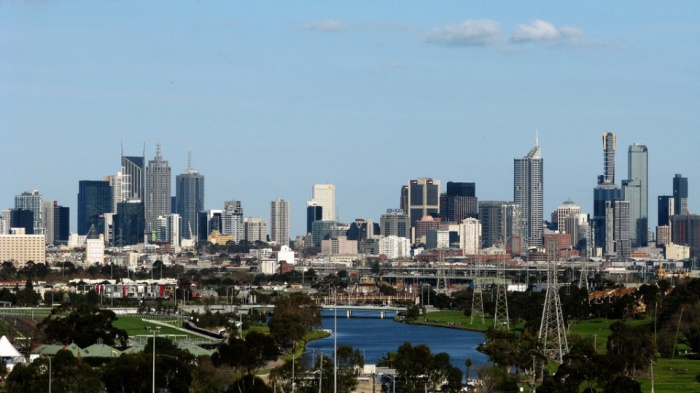 Vancouver Skyline by Rick Cooper
Vancouver Skyline by Rick Cooper
Today, August 30, 2011, Vancouverites woke up to find themselves living in the third most livable city in the world according to the Economist Intelligence Unit (EIU). Vancouver has been at the top since 2002, beating every other city in the liveability ranking year after year until now. The summer of 2011 brought an unpleasant surprise when Vancouver fell behind Melbourne and Vienna for the first time in nine years. What happened? Did Vancouver rest on its laurels?
The EIU's Ranking Explained
For the most part, the ranking does not mean that life in our city is any worse than it had been a year before. Vancouver reached a score of 97.3 out of 100, while its more successful competitors, Melbourne and Vienna, achieved 97.5 and 97.4, respectively. How does the EIU measure the score anyway? Well, they are pretty clear about that. The liveability survey assesses the best and worst cities according to their living conditions. These conditions are evaluated according to a weighted ranking system that consists of five major categories and many subcategories to make sure that the score takes as many factors into consideration as possible.
The five main categories include stability, which measures crime and safety issues, healthcare, which covers the availability and quality of public and private healthcare, culture and environment, with a mixture of natural, cultural, political and economical factors, education, and infrastructure, which evaluates real estate market conditions, transportation, water, energy, and telecommunications infrastructure. Every indicator gets a score from 1 point (intolerable) to 100 points (ideal conditions) based on external data sources, in-house expert country analysts, and field correspondents in each city.
If you ask what’s the point (besides boasting) in measuring liveability, the applicability of the ranking is quite broad. The survey was originally used as a means to determine whether expatriates should be compensated with a hardship allowance when relocating to a foreign country with worse living conditions. Apart from that, benchmarking cities has developed many other applications.
The Best and Worst Cities
 Melbourne skyline by Klomiz
Melbourne skyline by Klomiz
Australian and Canadian cities are traditionally among the highest ranking. EIU’s survey editor, Jon Copestake, explains: “Australia, with a low population density and relatively low crime rates, continues to supply some of the world’s most liveable cities. Despite the rising cost of living, driven by the strong Australian dollar, these cities offer a range of factors to make them highly attractive.” Places affected by high budget cuts, riots, political unrest, and violence performed the worst. The civil-war-stricken Tripoli dropped from 107th place to 135th, and Athens, the capital of Greece, which is the symbol of the EU’s financial instability, sunk five places to reach number 67. Here is the top ten and bottom ten list of the most liveable cities ranking according to the latest EIU release:
Country - City - Overall Rating (100=ideal)
Top 10
1. Australia - Melbourne - 97.5
2. Austria - Vienna - 97.4
3. Canada - Vancouver - 97.3
4. Canada - Toronto - 97.2
5. Canada - Calgary - 96.6
6. Australia - Sydney - 96.1
7. Finland - Helsinki - 96.0
8. Australia - Perth - 95.9
9. Australia - Adelaide - 95.9
10. New Zealand - Auckland - 95.7
Bottom 10
131. Cote d’Ivoire - Abidjan - 45.9
132. Iran - Tehran - 45.8
133. Cameroon - Douala - 44
134. Pakistan - Karachi - 40.9
135. Libya - Tripoli - 40.4
136. Algeria - Algiers - 40.2
137. Nigeria - Lagos - 39.0
138. PNG - Port Moresby - 38.9
139. Bangladesh - Dhaka - 38.7
140. Zimbabwe - Harare - 38.2
Source: Economist Intelligence Unit

